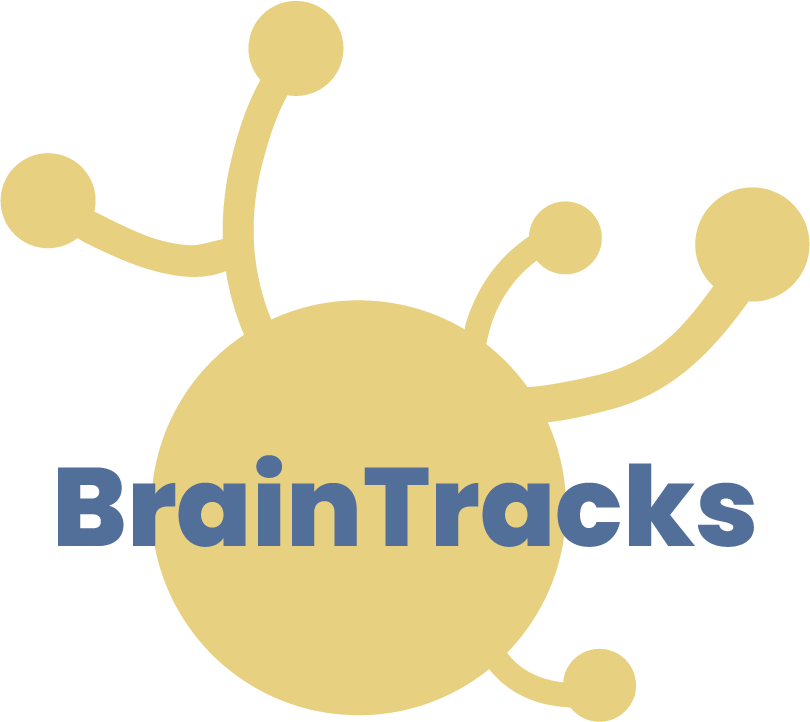How Can Adults Help Children Improve Their Executive Function Skills?
With guidance, students can learn tools and strategies to develop their skills like time management, organization, planning and prioritizing, persistence, and emotional steadiness.
What Can Help When Students Have Executive Function Struggles?
Caregivers can learn how to support their children in developing EF skills and there are many excellent books that can serve as guides if that’s the path you’d prefer to take. Two useful books to start with are the Smart But Scattered series by Peg Dawson and Richard Guare and Your Kid’s Gonna Be Okay by Michael Delman.
If you’d rather find outside support, look for qualified professionals such as Executive Function coaches or Speech-Language Pathologists who know how to connect with students and help them gradually learn new work habits and gain independence. And don’t expect an instant fix once you provide support. Building habits that will stick with a student for years to come takes time, patience, and persistence - just like learning any new skill
What are Some Strategies Caregivers Can Use to Help Children Improve Executive Function Skills?
Executive Function coaches have hundreds of tools they can use to help their students. Here’s just a sampling of three easy strategies you can try at home.
Organization
If keeping organized is a struggle for your child, co-create systems with them to keep belongings organized and be consistent with expectations about your child using them. Maybe you have hooks by the door to stow backpacks and jackets, maybe you have a pre-bedtime backpack and homework check to assure everything is in its place for the morning, or maybe you have a Sunday morning bedroom tidying session. Whatever you choose to try, keep in mind that habits take many weeks to develop and months before they’re truly solidified. Your child won’t develop the skill if you hang that backpack on the hook by the door for them, or put laundry in the hamper for them, or tidy up their desk for them - they need to physically do it themselves. Yes, it takes longer that way - and that can feel frustrating. But what you’re doing is helping them become independent and responsible, tiny step by tiny step. That’s a pretty important role to play in a child’s life!
Self-Regulation
If your child struggles to manage strong emotions, try this simple calming strategy that our coaches use, called 5-Finger breathing. (Pro tip: this works for adults, too!)
Stretch out your hand like a star
Get the pointer finger of your other hand ready to trace your fingers up and down
Slide up each finger slowly - slide down the other side, starting with your thumb.
Breathe in through your nose - out through your mouth as you slide
Put it together and breathe in as you slide up and breathe out as you slide down
Keep going until you have finished tracing your hand, and do the other hand if needed
Task Initiation
When your child has a tough time getting started on their work, we love using 5-minute goals to break through the logjam. You could use this strategy in a couple of ways. First, you could set a timer for 5 minutes as a countdown or transition to getting work underway. That time can be used on the easy stuff - finding materials, getting settled in a good work area, locating the instructions. By the time the alarm goes off, you’ve created an onramp that makes starting the task much smoother by getting all the prep work done. The second way you could use a 5-minute goal, especially when a child thinks the work will be very difficult or overwhelming, is to set the timer and let your child know that they only need to work on the task for 5 minutes, then they can stop. This makes the task seem less overwhelming and helps calm a child who feels anxious about the task. We find that more often than not, those 5 minutes show the child that the task is nowhere near as tough as they imagined and they’ll get into the groove and keep working for a while before they’ll want a break.
Congratulations! If you’ve read this far, you now know a whole lot more about Executive Functioning than you did a few minutes ago. What will you do with all this fresh knowledge? Whether you share this article with a friend, have a conversation with your child’s teacher about EF in the classroom, decide to read and learn more about EF, or try out one of the strategies I described, you are now more equipped to support your child’s success in school and in life.



